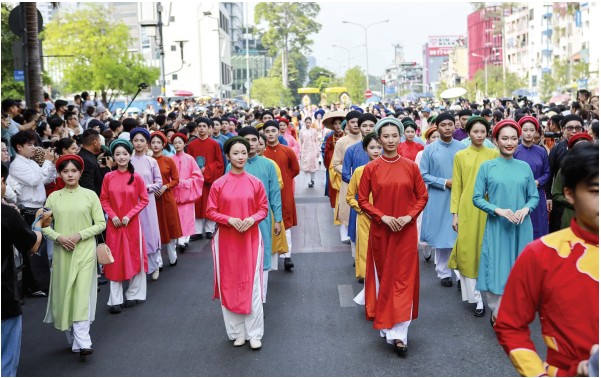
Young people with love for heritage
The image of young people in traditional Vietnamese ao dai and ancient costumes appearing on the streets, scenic spots or cultural sites is becoming increasingly familiar. They are members of the “Vietnam Ao Dai Heritage Club” - a playground organized by the Heritage Association, attracting tens of thousands of ao dai lovers at home and abroad, especially young people. This movement is contributing to reviving the love for national cultural heritage with youthful energy and creativity.
The traditional Ao Tac, Ao Ngu Than with short sleeves, and Turbans… that were once associated with museums or festivals have now entered everyday life in a vibrant and proud way. Wearing traditional costumes to walk around town or take photos is not simply a trend but a cultural choice – expressing the spirit of preservation and connection with one’s roots.
When young people proactively learn and spread traditional values through costumes, it is a sign that culture is not forgotten but is being fueled by the love and responsibility of today's generation for Vietnamese identity in the era of integration.
Nguyen Mai Anh, 24 years old, a member of the “Viet Phuc Association”, shared: “At first, I was attracted by the beauty and uniqueness of the traditional costumes. But the more I learned, the more I realized that each pattern, each stitch on the costume bears a strong historical mark. When I put on that costume, I feel like I am connected to my roots, to the cultural values of the nation.”
Not only stopping at buying ready-made clothes, Mai Anh also learned how to sew five-panel shirts to create traditional costumes by dyeing fabric from natural materials such as almond leaves, tree bark, etc. to recreate the traditional colors, showing respect and dedication to national culture.
The return of traditional Vietnamese costumes – from street walks to cultural events – is not simply a temporary trend. It is a clear manifestation of a quiet but persistent movement: the movement of national consciousness in the hearts of young people, in the rhythm of contemporary life.
The revival of traditional Vietnamese costumes has also brought along a creative handicraft market. Many young brands have been born, specializing in recreating styles from the Le and Nguyen dynasties, or slightly modifying them to suit modern life. Small sewing workshops, young embroiderers, traditional jewelry artisans… are all contributing to creating a cultural wave.
Cultural experts say this trend is of great significance in bringing heritage back to contemporary life. Instead of remaining in museums, traditional costumes are now on the streets, in festivals, in wedding photo albums, and even become outing and party wear for many young people.
Behind each traditional costume is a spirit of respect for the past and a desire to preserve the national soul. Without noise or fanfare, this revival begins with young hearts, with hands diligently working with needles and threads, and with pride in Vietnamese history.
From conservation to sustainable development
CEO of Y Van Hien - a unit that simulates traditional costumes in Hanoi , Mr. Nguyen Duc Loc believes that the journey of young people approaching traditional heritage shows the spirit of the new generation, the new era. Cultural heritage, including traditional costumes, should not only exist in museums or books but should be brought into life in a close and creative way. At that time, the heritage will truly come alive in the souls of young people.
“In recent years, I am very happy to see many young people voluntarily learning, researching and spreading the value of Vietnamese traditional costumes on social networks, in art projects, and even in daily lifestyles. This is no longer a temporary trend, but a sign that young people are looking back to their roots, longing to understand their own identity in the flow of national culture. At Y Van Hien, we always try to accompany young people, not only imparting knowledge but also listening and respecting their new perspectives. Because heritage is only truly meaningful when passed on to the next generation with trust and true inspiration,” said Mr. Loc.
Associate Professor, Dr. Do Van Tru - Chairman of the Vietnam Cultural Heritage Association affirmed: "Today's youth do not turn their backs on history or national cultural heritage. On the contrary, they still have a deep love for traditional values, the history of their ancestors and the cultural identity that has been forged over thousands of years."
This sentiment is clearly demonstrated through the active participation of young people in activities to preserve and promote cultural heritage. From wearing Ao Dai, learning about royal court music, participating in traditional festivals, to creating digital content ( videos , podcasts, blogs, social networks...) to introduce national culture to the international community - young people are actively contributing to the journey of reviving heritage in a new, more vibrant and closer form.
According to Associate Professor Dr. Do Van Tru, the key point does not lie in the youth themselves, but in the way society - especially authorities, educational organizations and the media - approaches and inspires them.
“The State and social organizations need to devote more effort to historical education and education on love for cultural heritage. However, the most important thing is that communication and propaganda methods need to be innovative, creative, effective and close to the psychology, interests and receptive tendencies of young people,” Mr. Tru emphasized.
Instead of dry, dogmatic lectures, there needs to be experiential education programs, telling historical stories through the language of cinema, games, and digital interactions - where young people are not only learners, but also discoverers, creators, and spreaders of heritage values in their own way.
Associate Professor, Dr. Do Van Tru emphasized: The journey of reviving heritage is not just a story of preservation, but a vibrant process in the heart of modern society. When young people are empowered to access and express their love for heritage using the tools and languages of their time - that is when traditional values are "revived" in a vibrant way, no longer confined to museums or textbooks. "There needs to be policies to expand cultural space for young people, creating conditions for them to contact, experience and freely express their personal relationship with heritage. At the same time, it is necessary to recognize their role as "new cultural ambassadors" - those who can bring heritage beyond geographical and generational boundaries, to live forever with the flow of time".
Source: https://baolaocai.vn/co-phuc-viet-hoi-sinh-tu-dam-me-cua-nguoi-tre-post879810.html


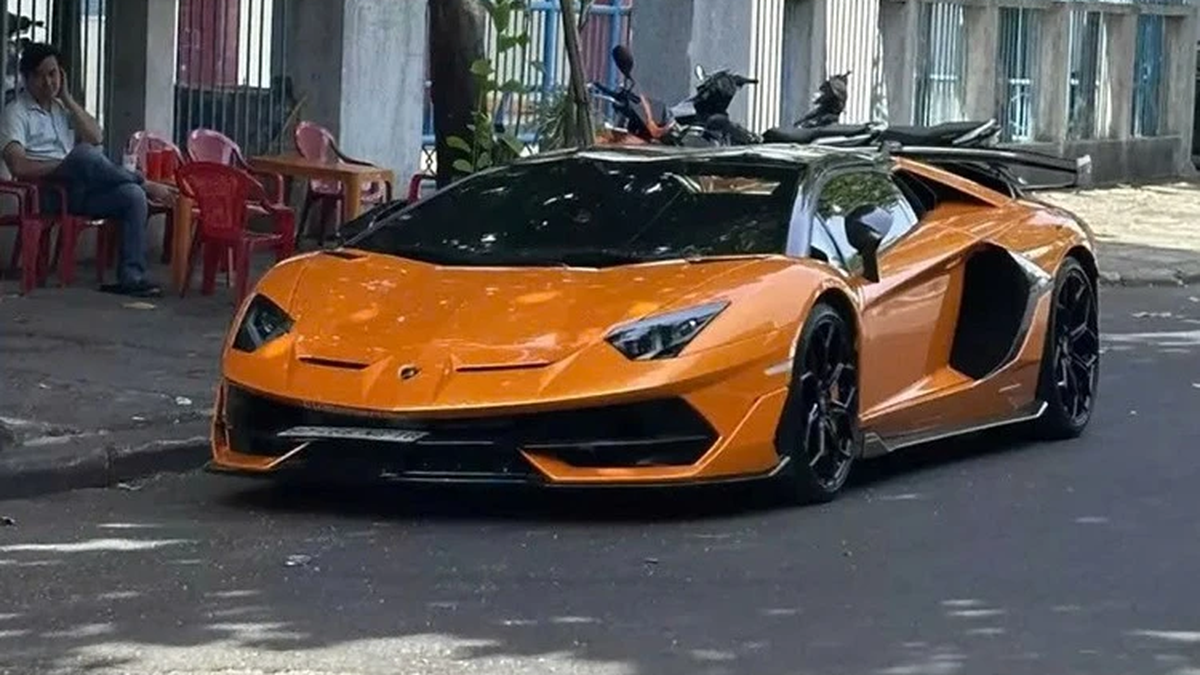

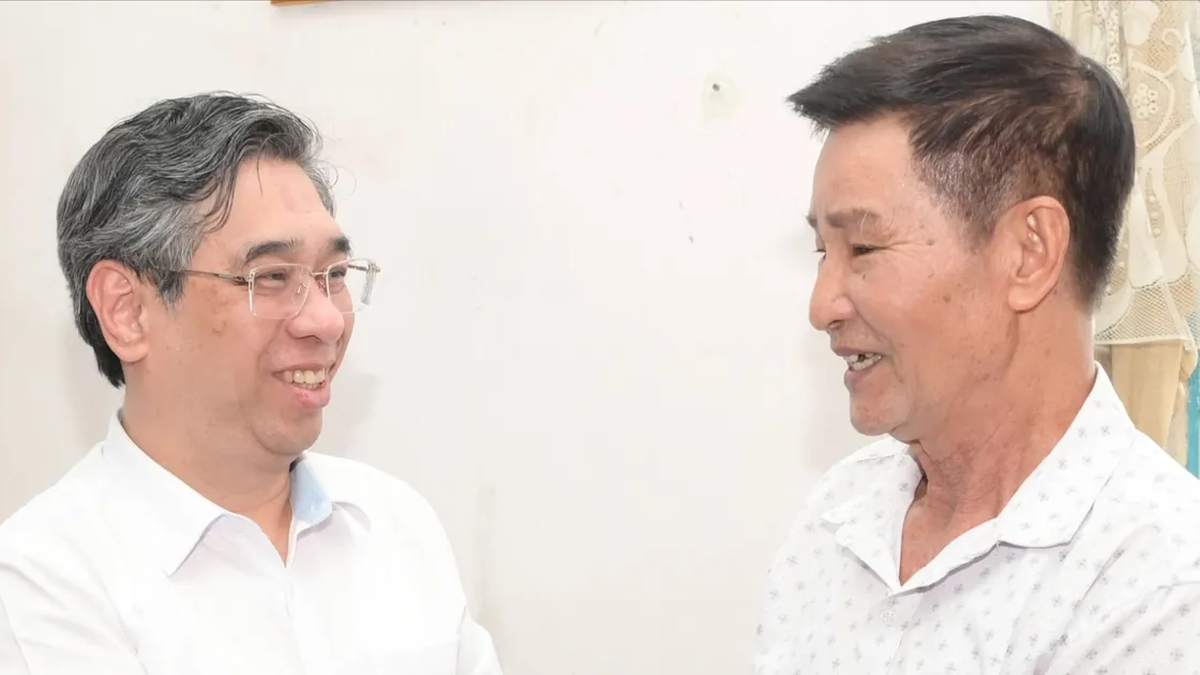
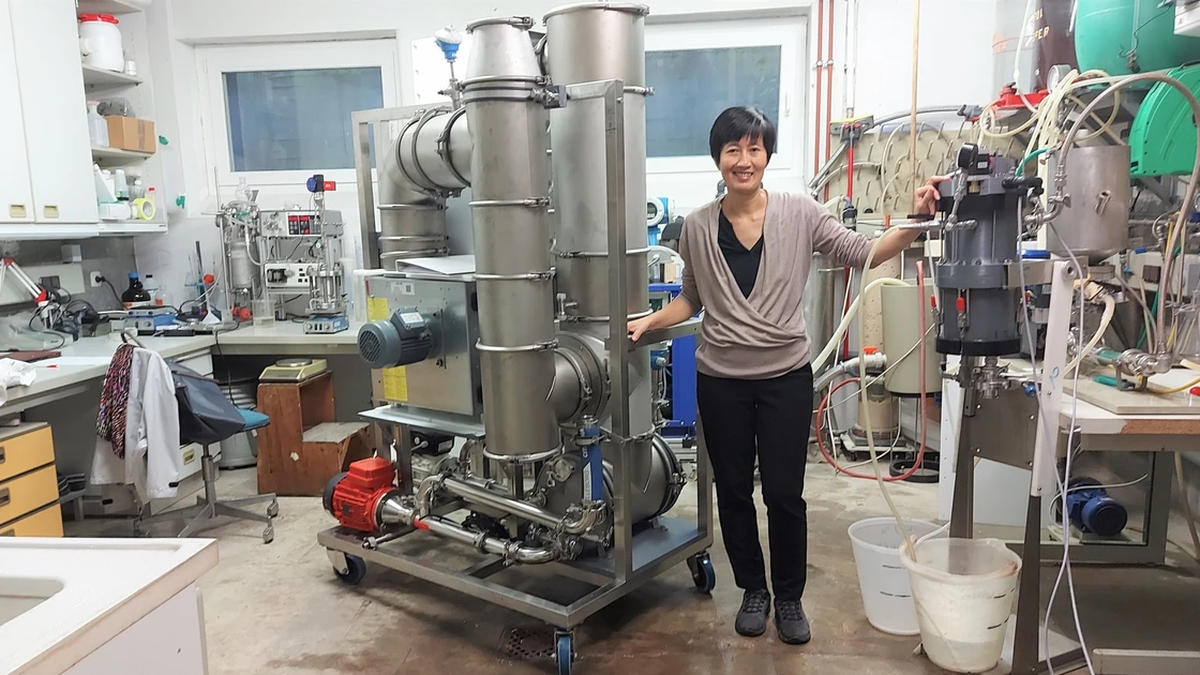
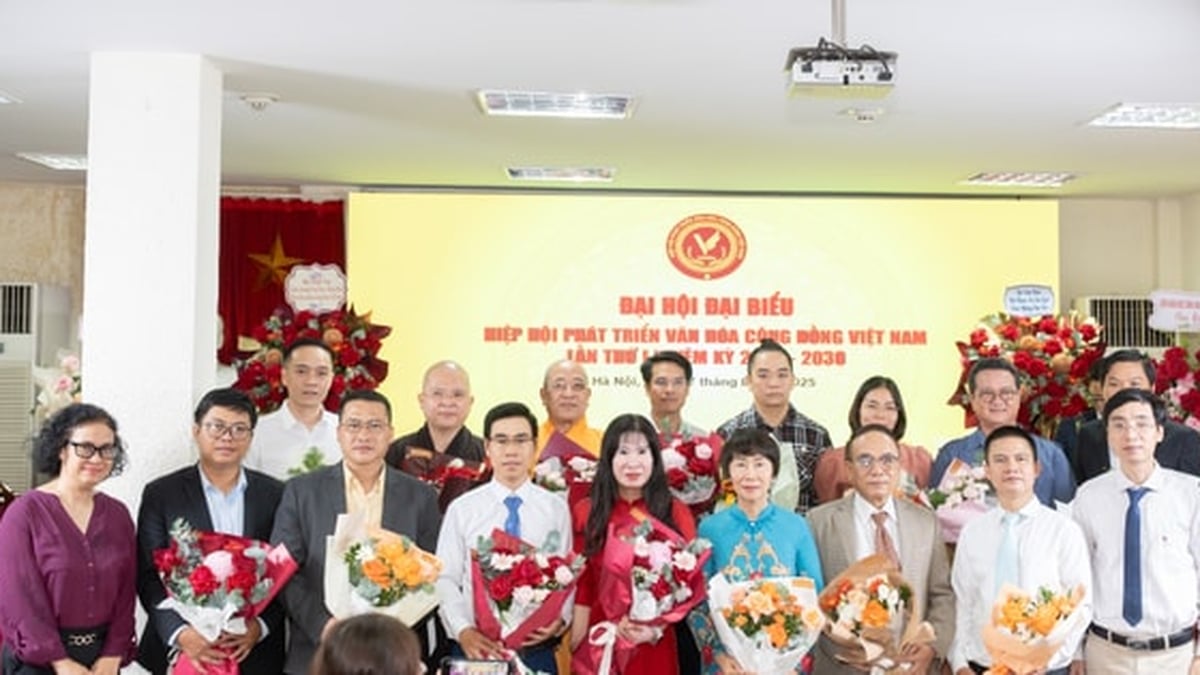
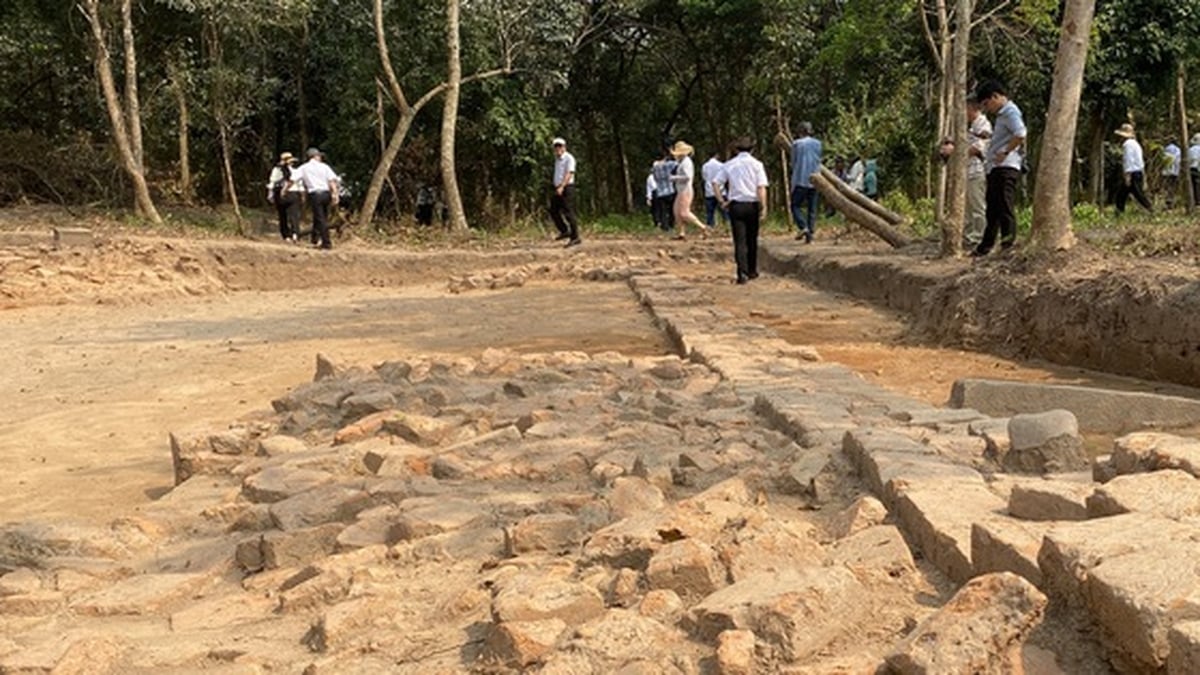
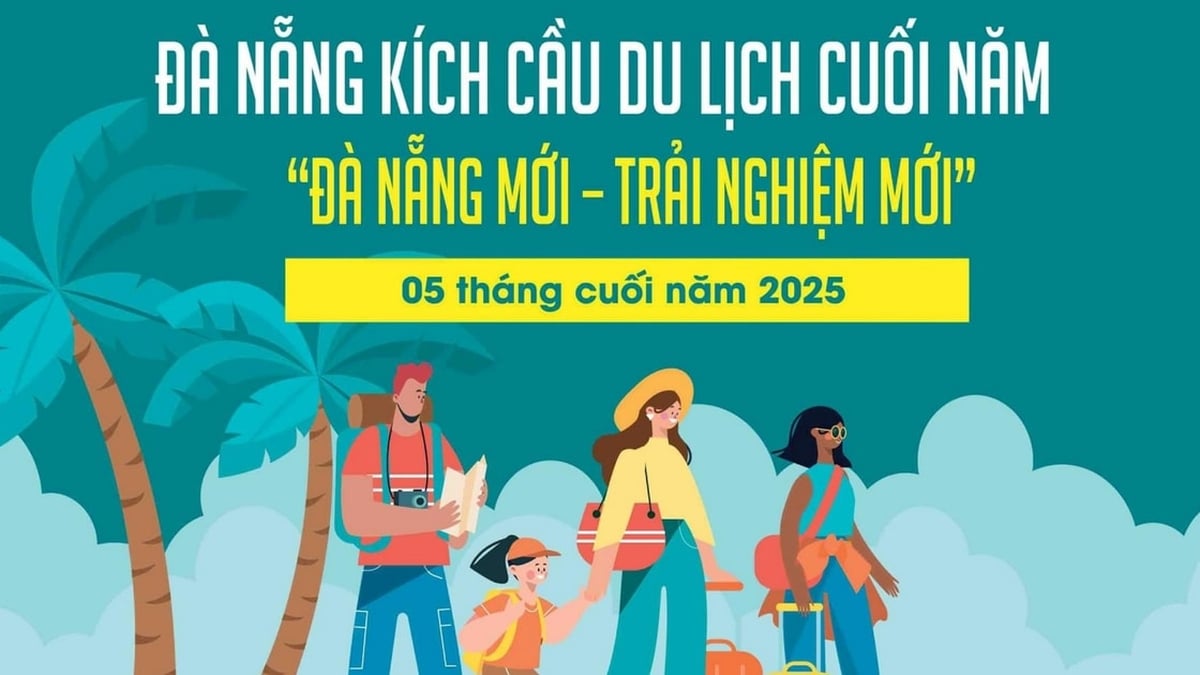
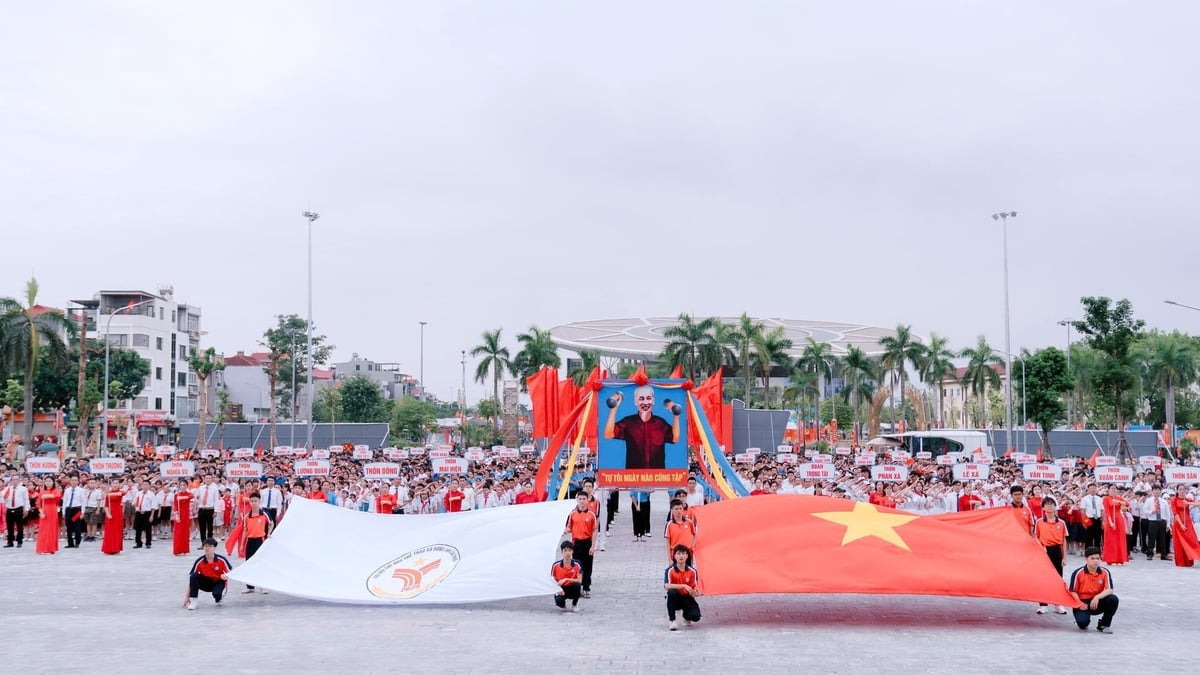
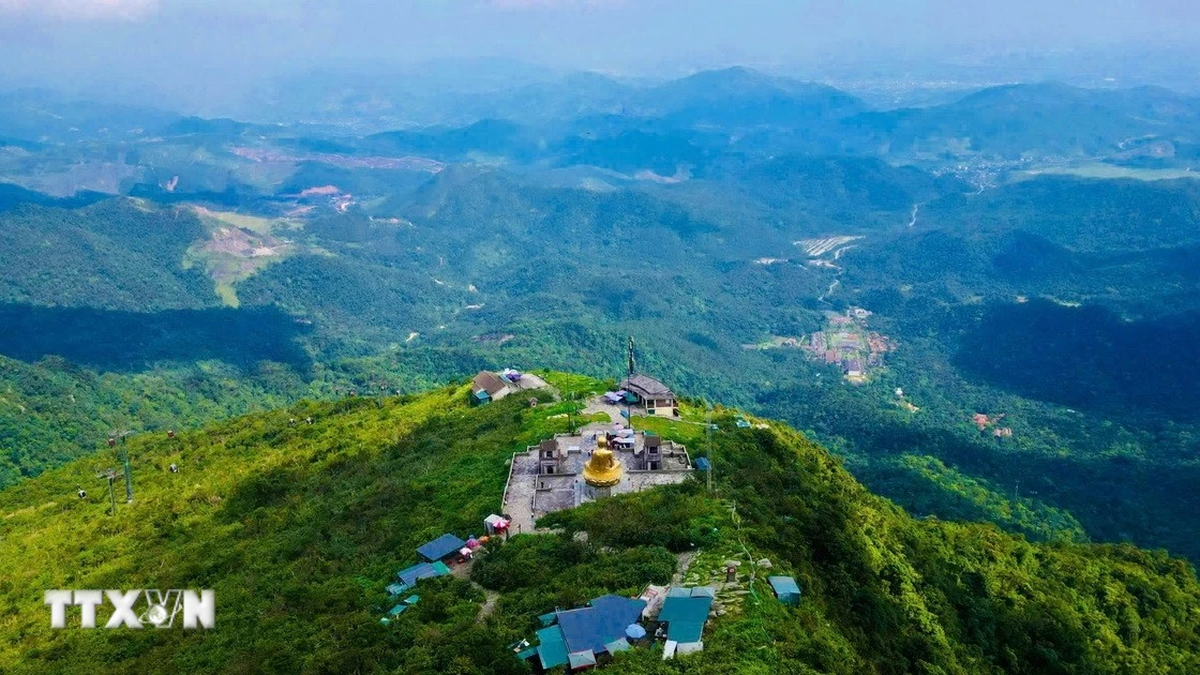
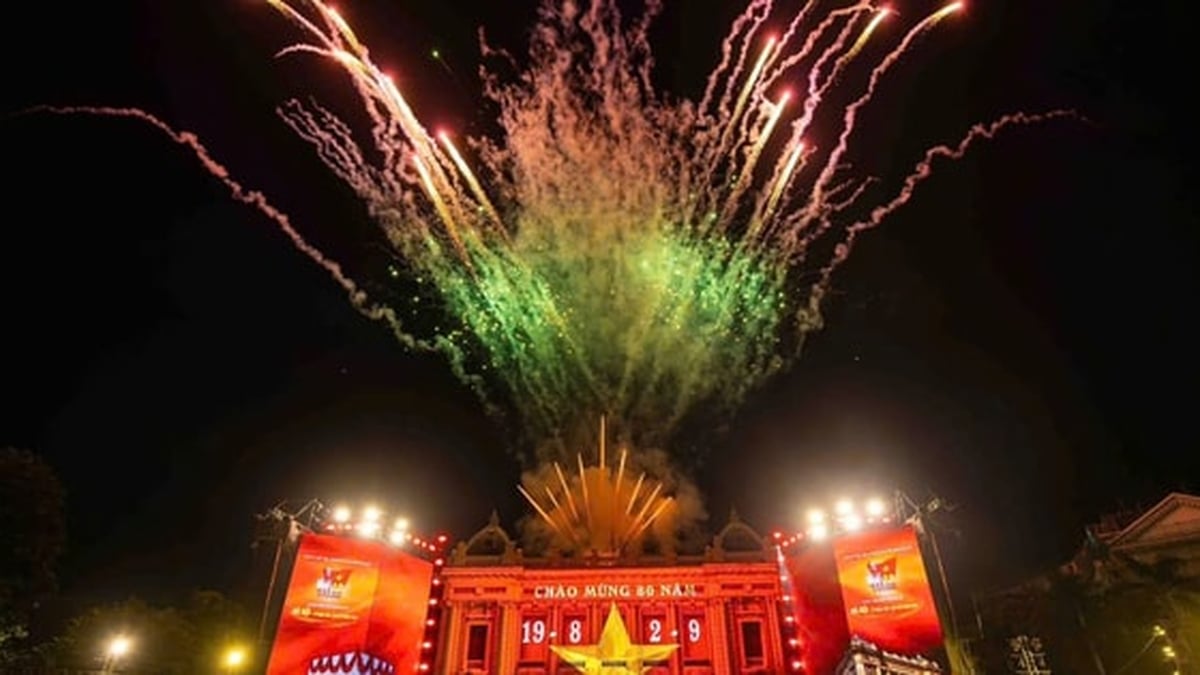










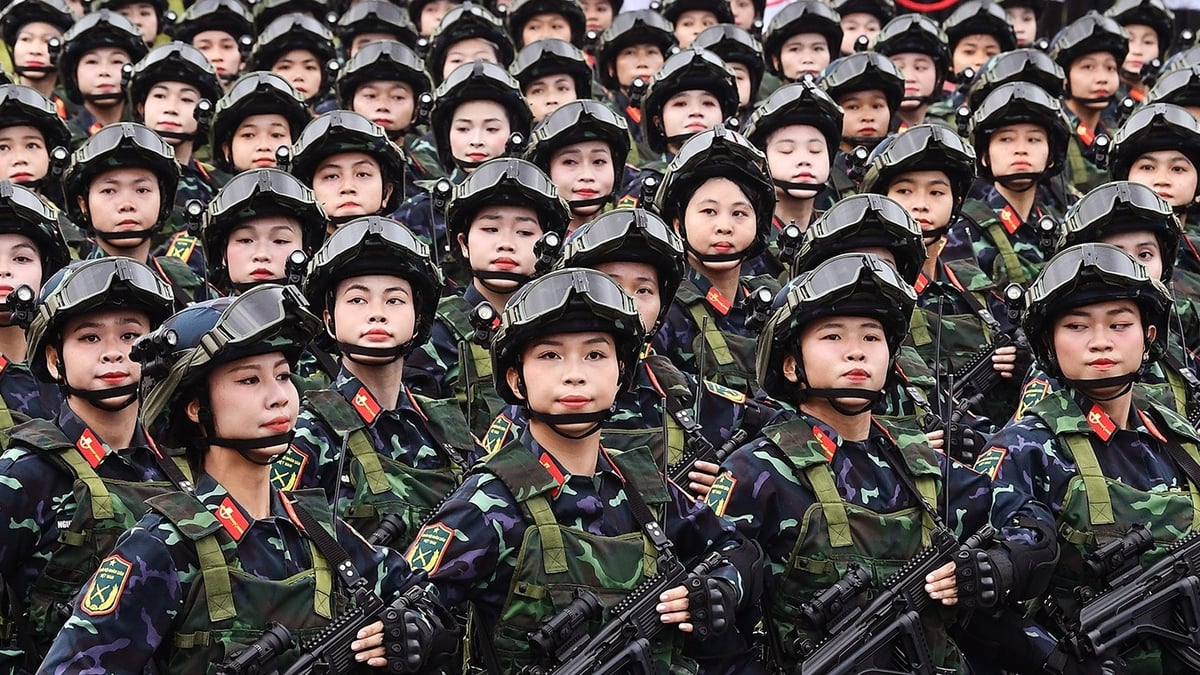


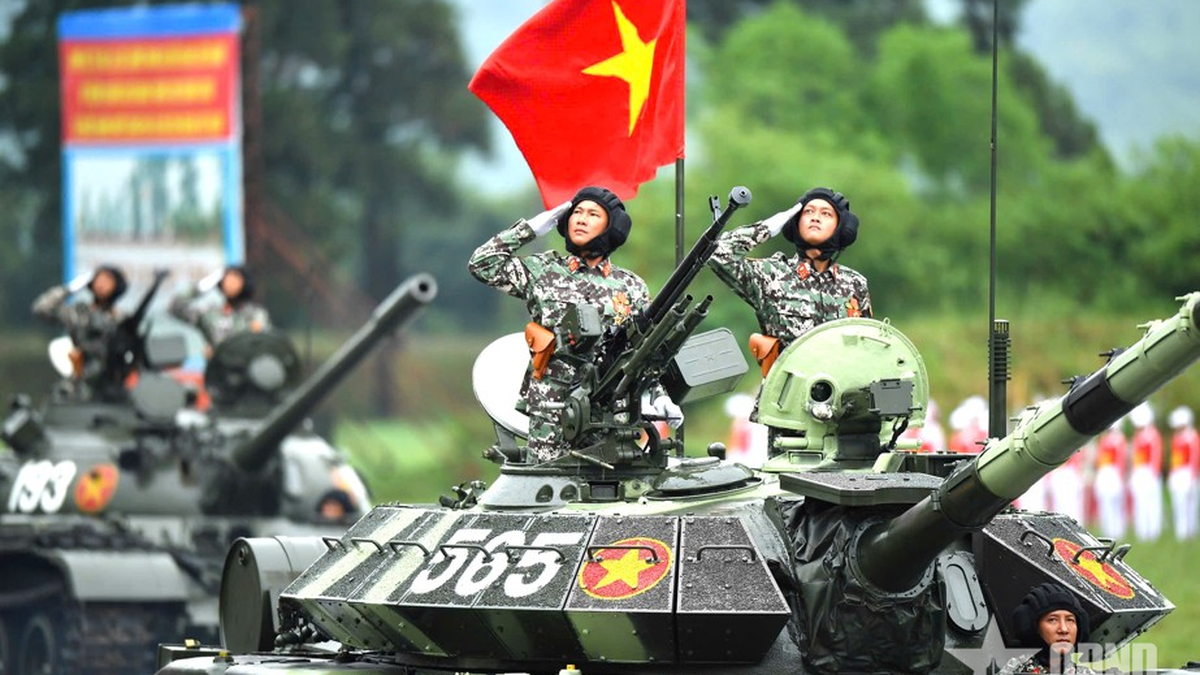
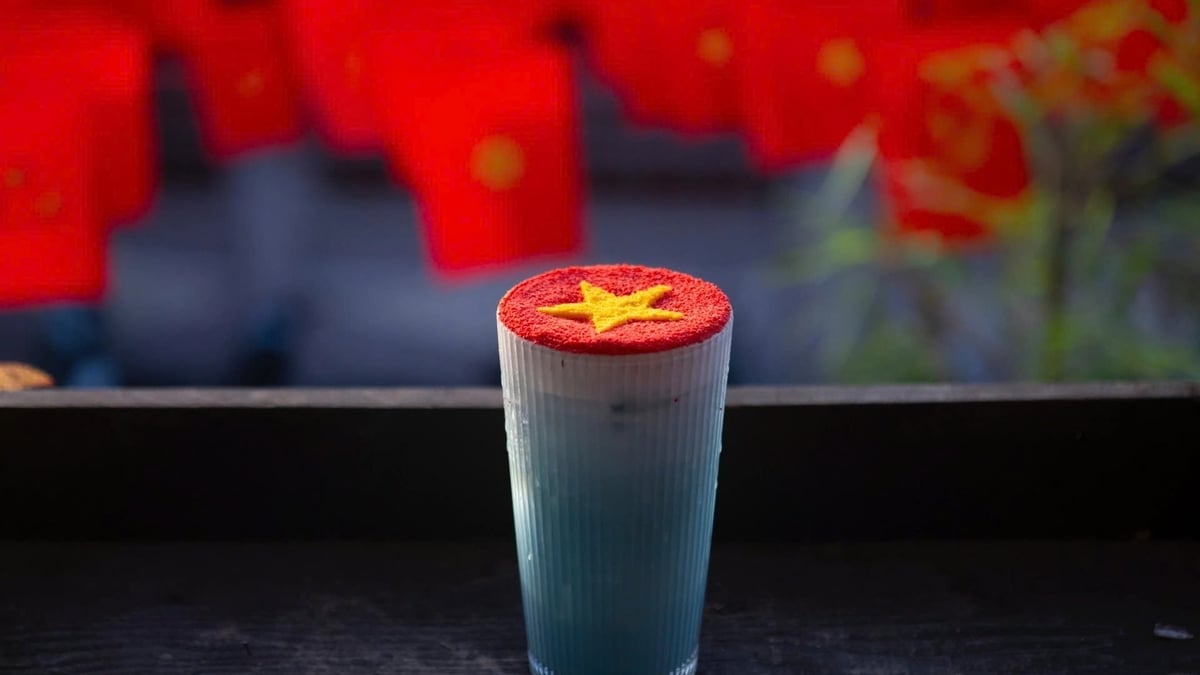
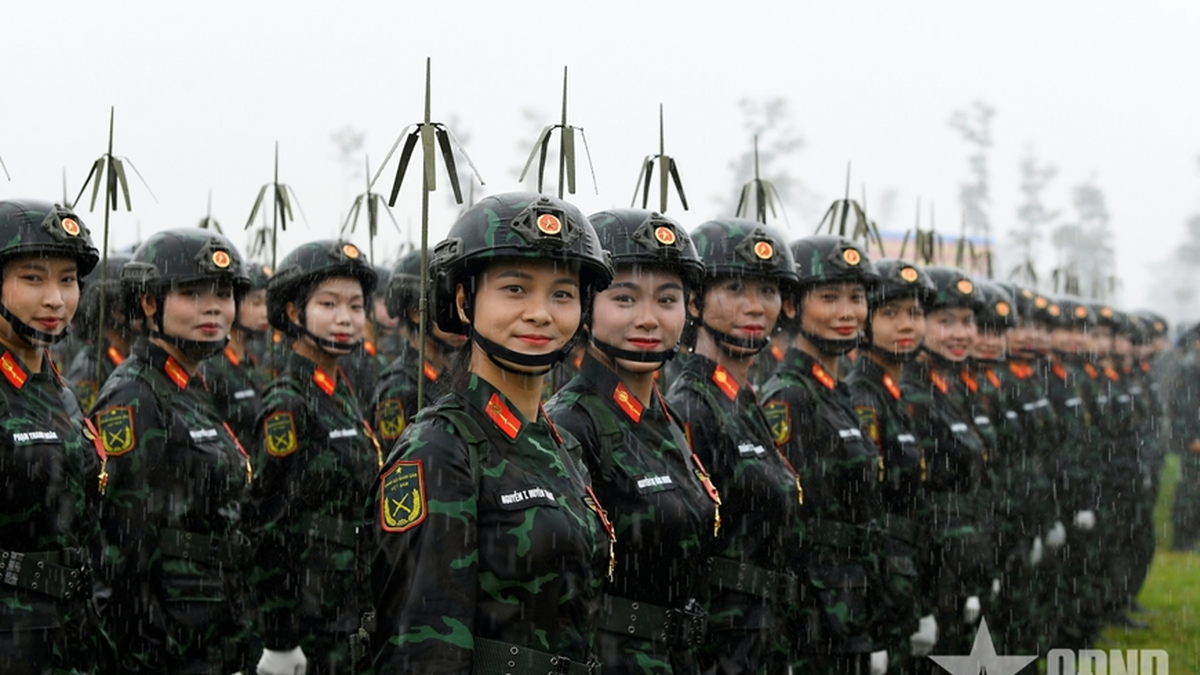
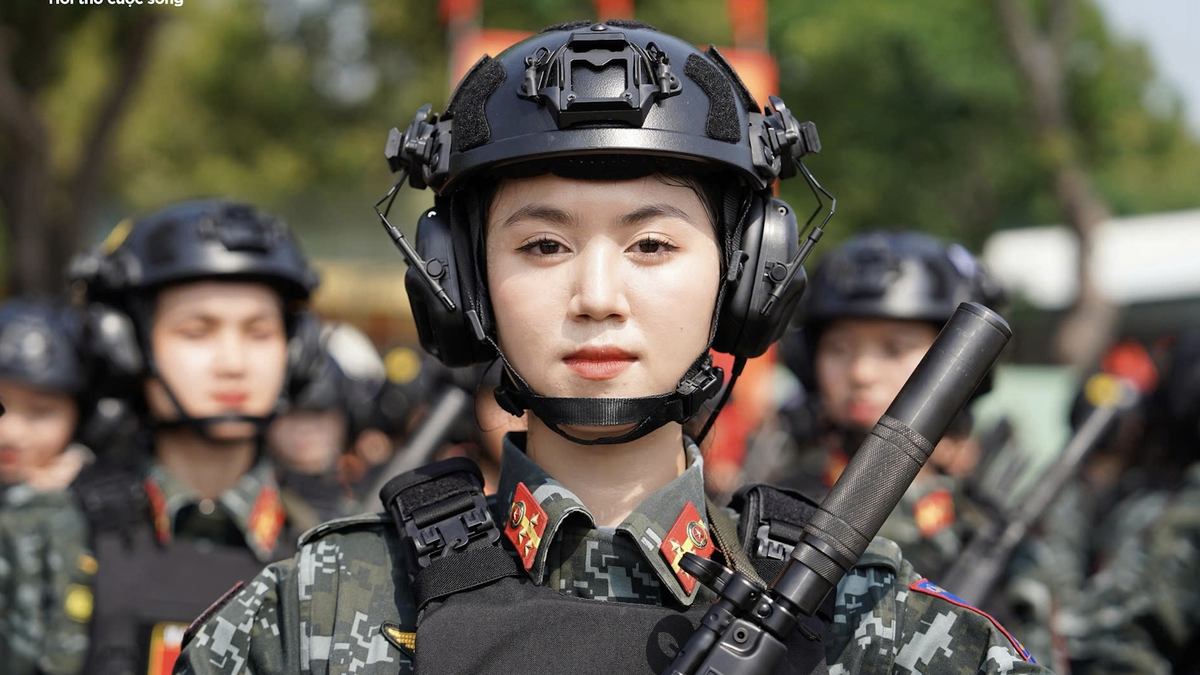
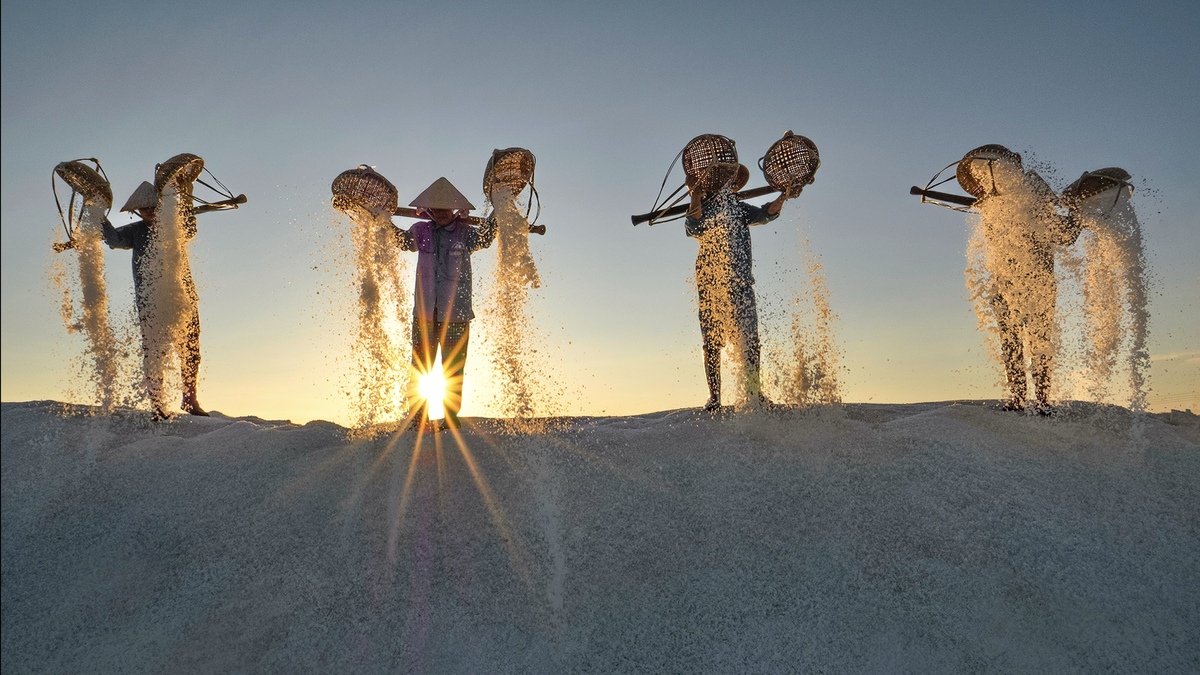
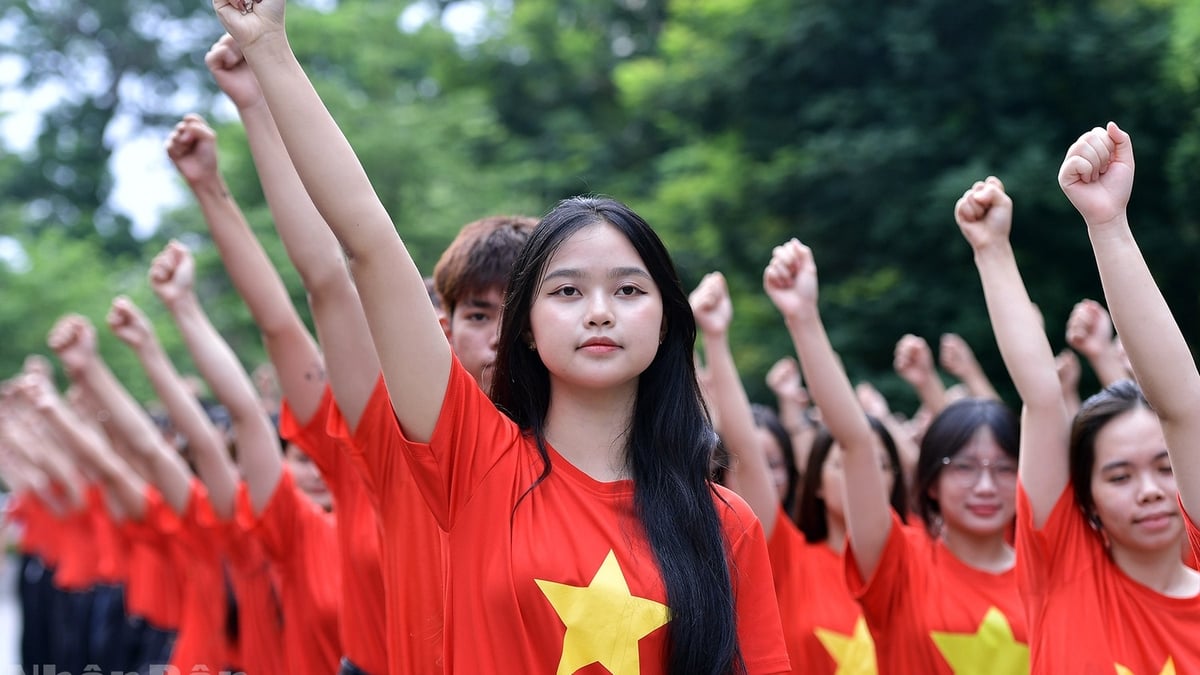
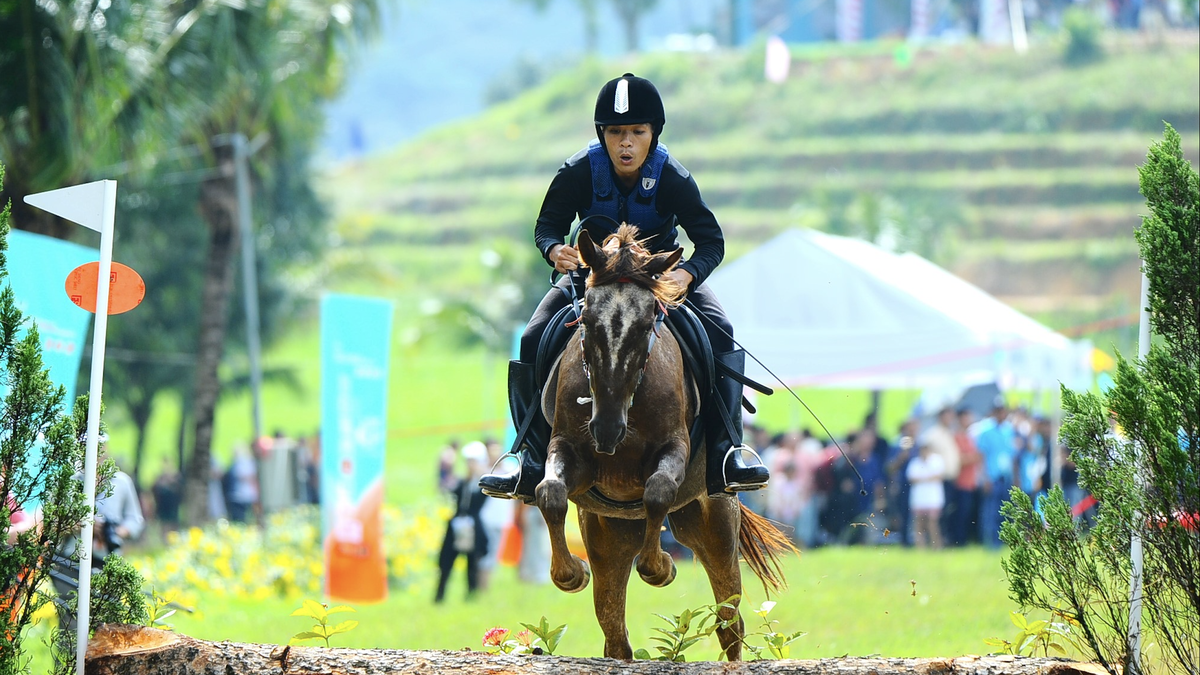




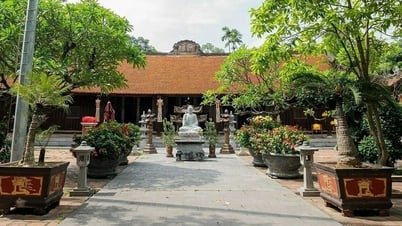

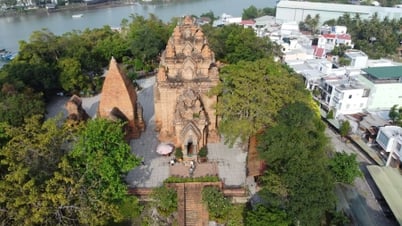
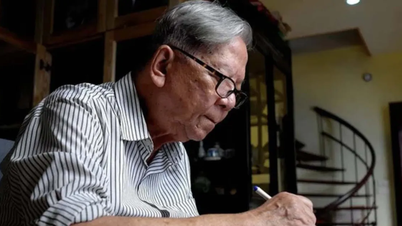

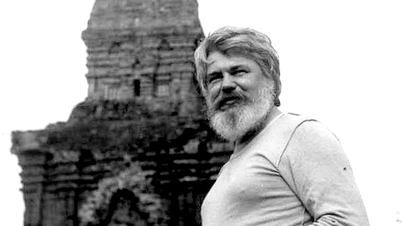



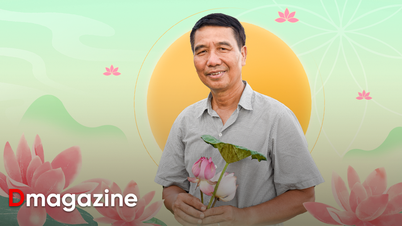


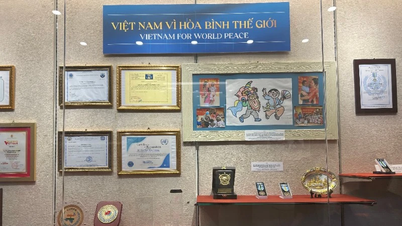

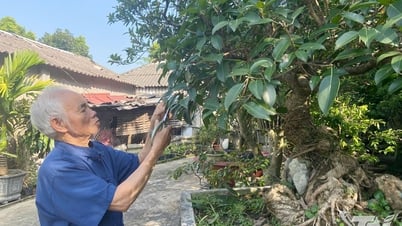

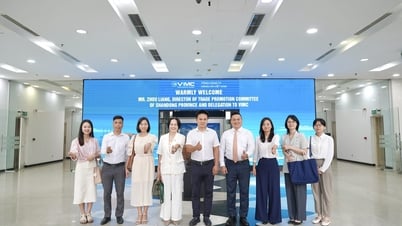

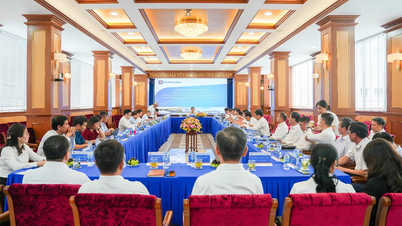
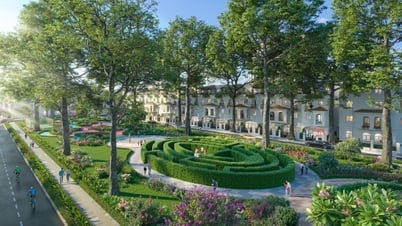








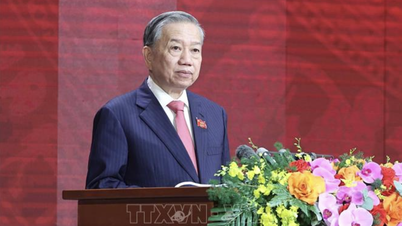

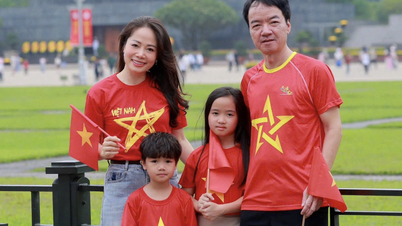

![[Photo] Party and State leaders visit President Ho Chi Minh's Mausoleum and offer incense to commemorate Heroes and Martyrs](https://vphoto.vietnam.vn/thumb/402x226/vietnam/resource/IMAGE/2025/8/17/ca4f4b61522f4945b3715b12ee1ac46c)
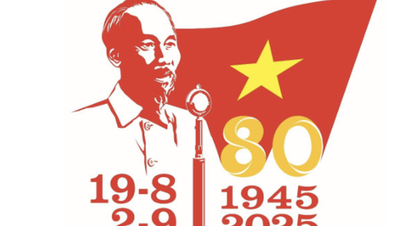





























Comment (0)